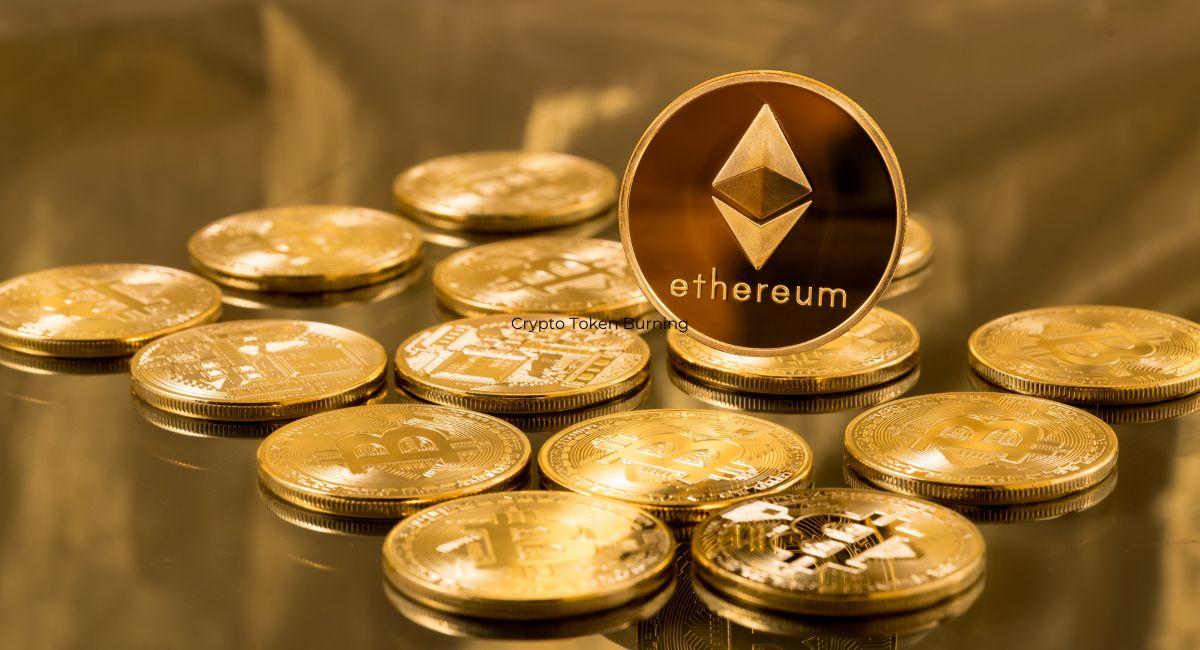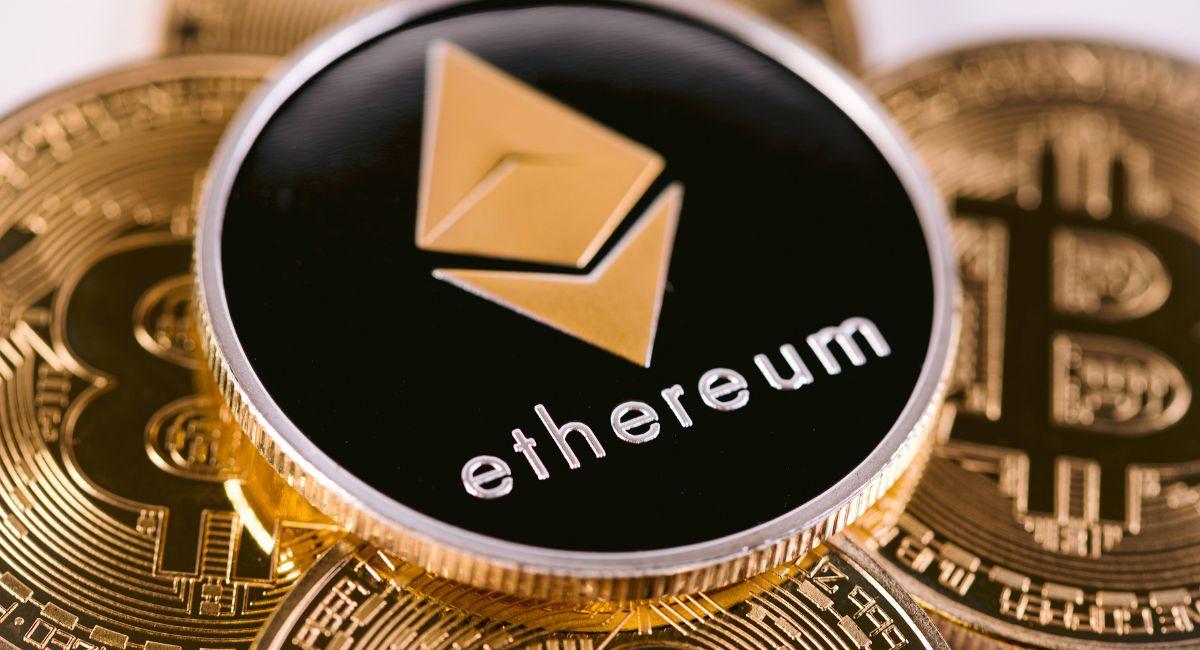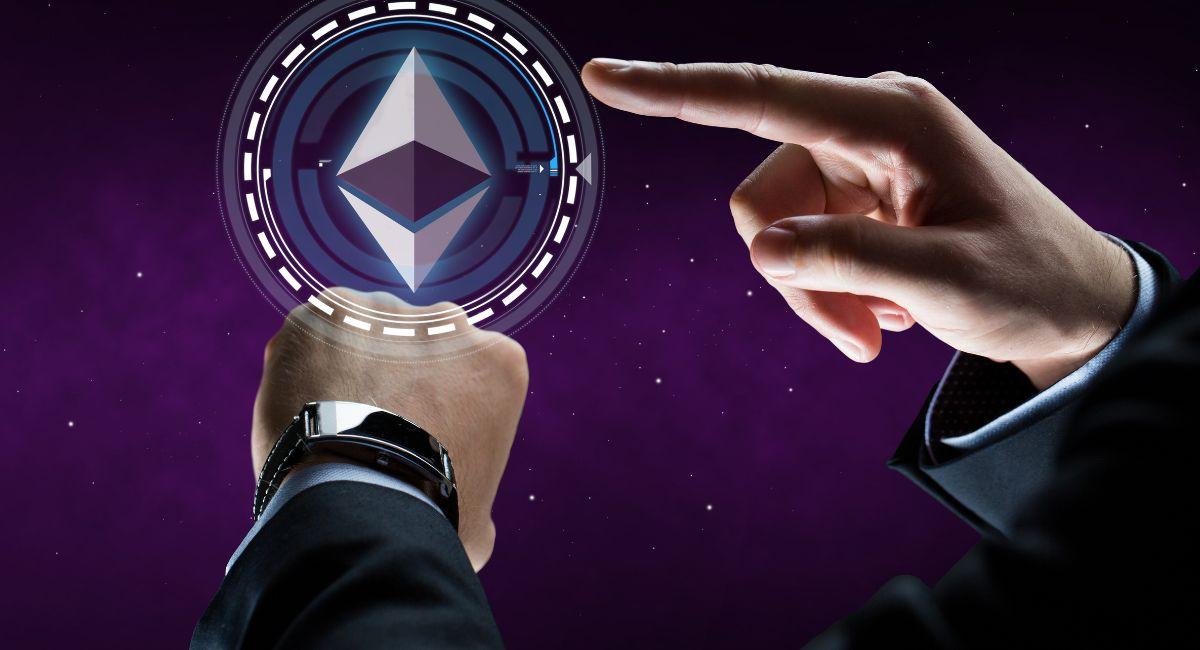Top 4 Promising Solutions By Solana To The Ethereum’s Challenges in Web3
Solana has emerged as a promising solution to some of the challenges faced by Ethereum, offering a scalable and efficient blockchain infrastructure. This article explores how Solana has addressed key issues within the Ethereum ecosystem, positioning itself as a robust alternative in the realm of Web3.
Solana and Ethereum differ not only in their consensus mechanisms but also in their approaches to scalability. It uses a combination of innovative technologies, including a unique time-stamping method called Proof of History (PoH) and a fast and efficient consensus algorithm known as Proof of Stake (PoS). These features enable Solana to process a high number of transactions per second, making it one of the fastest blockchains in the industry.
Ethereum, on the other hand, has been a pioneer in the blockchain space and is known for introducing smart contracts and decentralized applications (DApps). However, Ethereum has faced challenges related to scalability, especially with network congestion and high gas fees during times of increased activity.
While Ethereum has plans to address these scalability issues through Ethereum 2.0, Solana has positioned itself as a competitive alternative, providing high throughput and low transaction costs from the outset.
Developers considering these platforms for their projects evaluate factors such as transaction speed, cost efficiency, and ecosystem support to make an informed decision based on their specific needs and goals. Both Solana and Ethereum contribute to the diverse and evolving landscape of blockchain technology.
Also, read- How Do Smart Contract Audits Work On Solana And Ethereum
Top 4 Ethereum’s challenges solved by Solana
Scalability
- Transaction Throughput
One of Ethereum’s notable challenges has been scalability, leading to network congestion and high transaction fees during periods of high demand. Solana employs a unique consensus mechanism called Proof of History, coupled with Proof of Stake, to achieve unparalleled transaction throughput. This significantly reduces congestion, enabling Solana to process thousands of transactions per second at a fraction of the time and cost compared to Ethereum.
- Low Transaction Costs
Solana’s architecture allows for low transaction costs, offering a cost-effective solution for users and developers. This is a stark contrast to Ethereum’s gas fees, which have been a point of contention, especially during times of network congestion. Solana’s commitment to affordability enhances its appeal as a blockchain for decentralized applications (DApps) and smart contracts.
Speed and Latency
- Sub-Second Confirmation
Solana’s innovative consensus mechanism results in sub-second confirmation times for transactions. Ethereum, on the other hand, faces latency issues, with confirmation times varying based on network activity. It’s swift transaction confirmations enhance user experience, making it a preferred choice for applications requiring near-instantaneous interactions.
- High Performance for DApps
The high-performance capabilities make it well-suited for resource-intensive decentralized applications. Ethereum has encountered challenges with delays and increased computational costs for complex DApps. Solana’s architecture provides a solution for developers seeking a platform that can handle the demands of sophisticated applications without compromising speed.
Ecosystem Growth and Developer Adoption
- Developer-Friendly Environment
Solana’s commitment to a developer-friendly environment is evident in its support for popular programming languages and developer tools. Ethereum, while widely adopted, has faced criticisms for its steep learning curve and development challenges. Solana’s approach aims to attract a broader range of developers, fostering innovation and expanding its ecosystem.
- DeFi and NFT Integration
It has successfully integrated with the booming sectors of Decentralized Finance (DeFi) and Non-Fungible Tokens (NFTs). Its high throughput and low transaction costs make it an attractive choice for projects in these domains, providing an alternative for users seeking efficient and cost-effective solutions outside of Ethereum’s ecosystem.
Also, read- The Top 10 DApp Browser Platforms In Blockchain Community
🧵 Solana 0-1 for Beginners
Solana is 3800x faster than Ethereum, 10,000x faster than Bitcoin
w/ fees @ pennie’s or lower
Step 1: download a Solana wallet, the most used are Phantom(https://t.co/C9rAyqB1Mv) or Solflare(https://t.co/1xJECZmEak)
Step 2: fund your wallet, you… pic.twitter.com/0zUHstVyOV
— fei (@yeunglean) January 14, 2024
Conclusion
Its emergence as a promising solution for Ethereum’s challenges in Web3 is rooted in its commitment to scalability, speed, low transaction costs, and a developer-friendly environment. As the blockchain space continues to evolve, Solana’s innovative approach positions it as a key player, offering a viable alternative and contributing to the diversification and growth of the decentralized ecosystem.
Stay informed with daily updates from Blockchain Magazine on Google News. Click here to follow us and mark as favorite: [Blockchain Magazine on Google News].
Get Blockchain Insights In Inbox
Stay ahead of the curve with expert analysis and market updates.
latest from tech
Disclaimer: Any post shared by a third-party agency are sponsored and Blockchain Magazine has no views on any such posts. The views and opinions expressed in this post are those of the clients and do not necessarily reflect the official policy or position of Blockchain Magazine. The information provided in this post is for informational purposes only and should not be considered as financial, investment, or professional advice. Blockchain Magazine does not endorse or promote any specific products, services, or companies mentioned in this posts. Readers are encouraged to conduct their own research and consult with a qualified professional before making any financial decisions.

 Bitcoin
Bitcoin  Ethereum
Ethereum  Tether
Tether  XRP
XRP  Solana
Solana  Dogecoin
Dogecoin  USDC
USDC  Lido Staked Ether
Lido Staked Ether  Cardano
Cardano  TRON
TRON  Avalanche
Avalanche  Toncoin
Toncoin  Wrapped stETH
Wrapped stETH  Chainlink
Chainlink  Shiba Inu
Shiba Inu  Wrapped Bitcoin
Wrapped Bitcoin  Sui
Sui  Hedera
Hedera  Polkadot
Polkadot  Stellar
Stellar  WETH
WETH  Hyperliquid
Hyperliquid  Bitcoin Cash
Bitcoin Cash  LEO Token
LEO Token  Uniswap
Uniswap  Pepe
Pepe  Litecoin
Litecoin  Wrapped eETH
Wrapped eETH  NEAR Protocol
NEAR Protocol  Ethena USDe
Ethena USDe  USDS
USDS  Aptos
Aptos  Aave
Aave  Internet Computer
Internet Computer  Mantle
Mantle  POL (ex-MATIC)
POL (ex-MATIC)  Cronos
Cronos  Ethereum Classic
Ethereum Classic  Virtuals Protocol
Virtuals Protocol  Render
Render  MANTRA
MANTRA  WhiteBIT Coin
WhiteBIT Coin  Monero
Monero  Artificial Superintelligence Alliance
Artificial Superintelligence Alliance  Bittensor
Bittensor  Dai
Dai  Arbitrum
Arbitrum 







